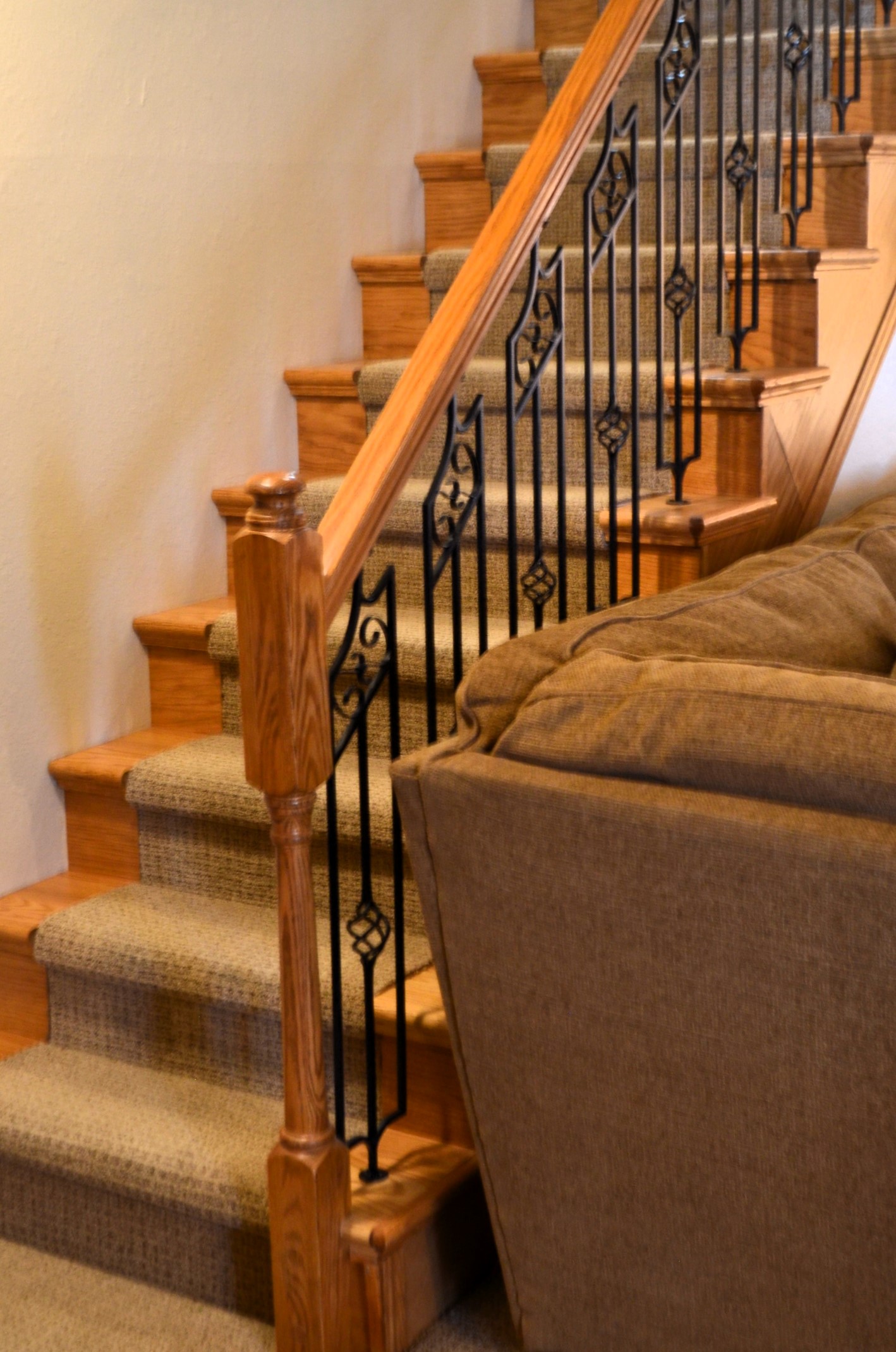Rare Disease Day always falls on the last day of February. Rare Disease Day started in 2008 on February 29th…this year it will fall on February 29th.
The goal of Rare Disease Day is to create awareness across the entire spectrum. From making individuals become more aware of rare diseases and individual struggles, to making policy makers, researchers and health professionals more aware.
Why is it important? Studies indicate that one in ten to one in 20 people will experience a rare disease at some point during their lifetime. That’s 5-10% of the population.
Most rare diseases do not have a cure. Often research funding is lacking even though the impact of the disease may be very significant for the person affected by it. Too often researchers and policy makers will overlook rare diseases.
Health professionals may not be aware of some rare diseases and critical treatment time may be lost.
Some rare diseases may force a change in your lifestyle that may require a change in the type of home that you have.
For instance, when a person is suddenly affected by a rheumatic disease, he or she may have difficulty navigating the stairs in a home. Daily struggles with this can be difficult if a person has mobility issues and lives in a multi-level home.
A ranch style home is much more conducive for the long term. A split foyer can work if most of the daily living can be done on one of the levels. It can be particularly helpful to have laundry on the same floor to prevent the struggle of climbing or descending stairs while also carrying a load of laundry.
It’s good to explore other options in the home that can make things more convenient, such as having a garage that has easy access to the kitchen for transporting groceries.
There are also many things that you can do to a home to make life a little easier, such as utilizing smart devices. You can use smart devices to turn on lights, change your thermostat’s temperature, see who is knocking at your door, and more.
If you or someone you know is thinking that it might be time to explore moving to a home with fewer stairs, I will gladly help and I work hard to make the process as stress-free as possible.
I have a greater understanding of the challenges of a rare disease. I have a systemic scleroderma, which is a very rare disease. I am very fortunate that I was diagnosed early on.
Systemic scleroderma, (also called systemic sclerosis), is a chronic connective tissue disease generally classified as one of the autoimmune rheumatic diseases.
The word “scleroderma” comes from two Greek words: “sclero” meaning hard, and “derma” meaning skin. Hardening of the skin is one of the most visible manifestations of the disease.
The symptoms of scleroderma vary greatly for each person, and the effects of scleroderma can range from very mild to life threatening. The seriousness will depend on the parts of the body, which are affected, and the extent to which they are affected. A mild case can become more serious if not properly treated.
It’s estimated that about 300,000 Americans have scleroderma. About one third of those people have the systemic form of scleroderma. Systemic scleroderma can cause fibrosis in the lungs, cause kidney failure, and pulmonary arterial hypertension. Interestingly, the pulmonary fibrosis that severe scleroderma can cause is very similar to the pulmonary fibrosis caused by severe COVID.
Since scleroderma presents with symptoms similar to other autoimmune diseases, diagnosis is difficult. There may be many misdiagnosed or undiagnosed cases.
Actor Robin Williams noted in an interview in 2002, “You can make up a joke about almost anything,” says Williams. “But to tell you the truth, there isn’t even one tiny aspect of this disease which lends itself to humor. Scleroderma is a horrible disease…” (USA Today)
Comedian and actor Bob Saget had dedicated much of his life to raising awareness and supporting scleroderma research. He had lost his sister to scleroderma and also made a movie, “For Hope,” about the disease and his sister’s battle with it.
Scleroderma also has an arthritic component to it and can sometimes present similarly to another rare disease, rheumatoid arthritis. I have experienced the challenges of navigating flights of stairs when having a rheumatic flair up. It’s not fun. I used to live in a home that required me to go down two flights of stairs to do laundry. Now I live in a ranch home and it is much easier.
I am fortunate that I can be active. I am an avid runner. Ironically, I can run 10 miles but I look a little awkward walking down a set of stairs. Also, if I sit for too long, my body gets very stiff. As a result, I stay active and typically get 10,000 steps a day (that’s about five miles of walking). The overwhelming majority of people with scleroderma aren’t that fortunate.
Thanks for taking some time to learn about my rare disease. If you need help moving to a different home that may be better for you in the long term, please give me call and I will gladly help you.

 Facebook
Facebook
 X
X
 Pinterest
Pinterest
 Copy Link
Copy Link
